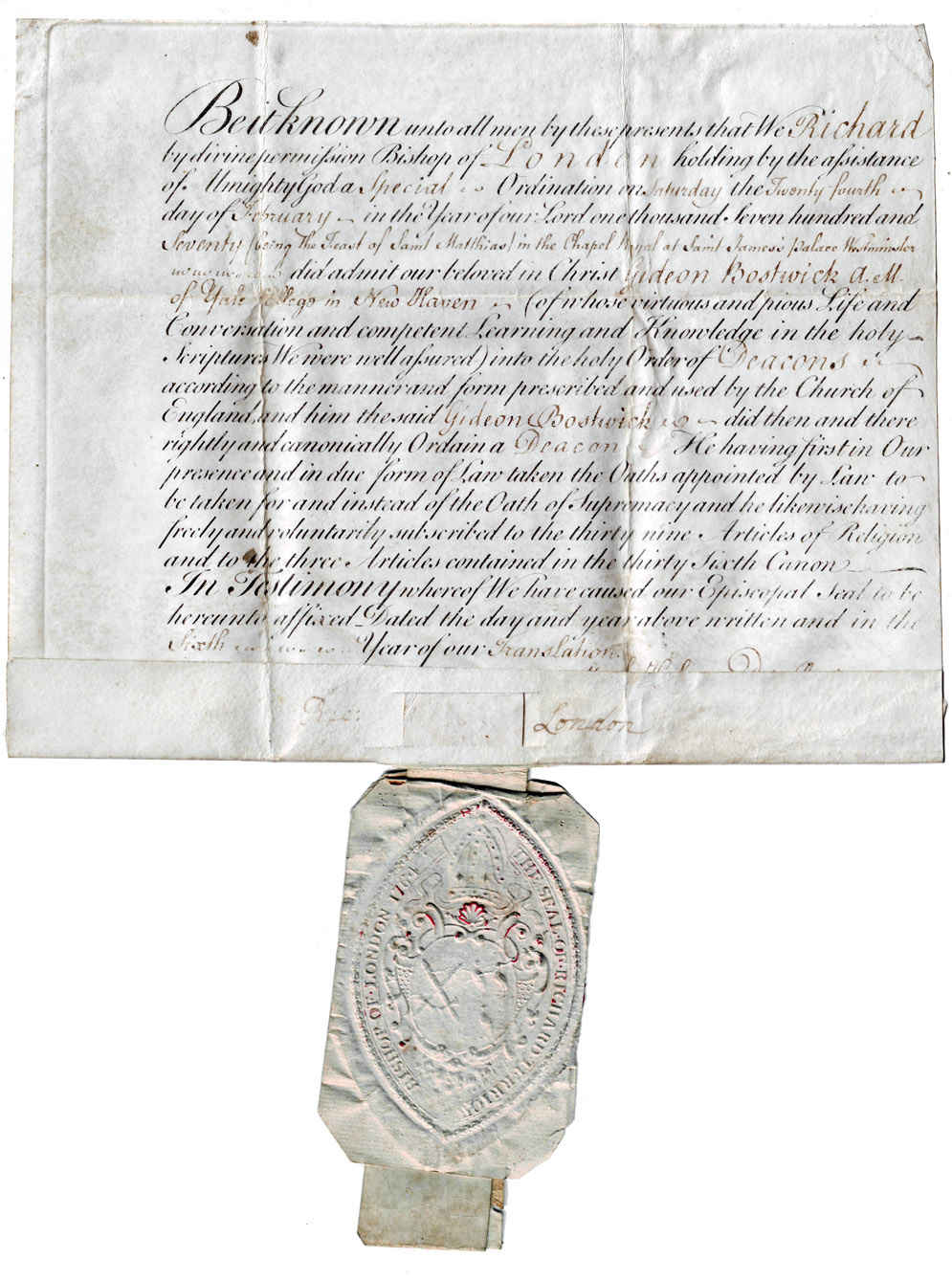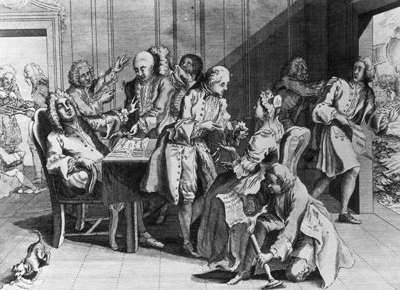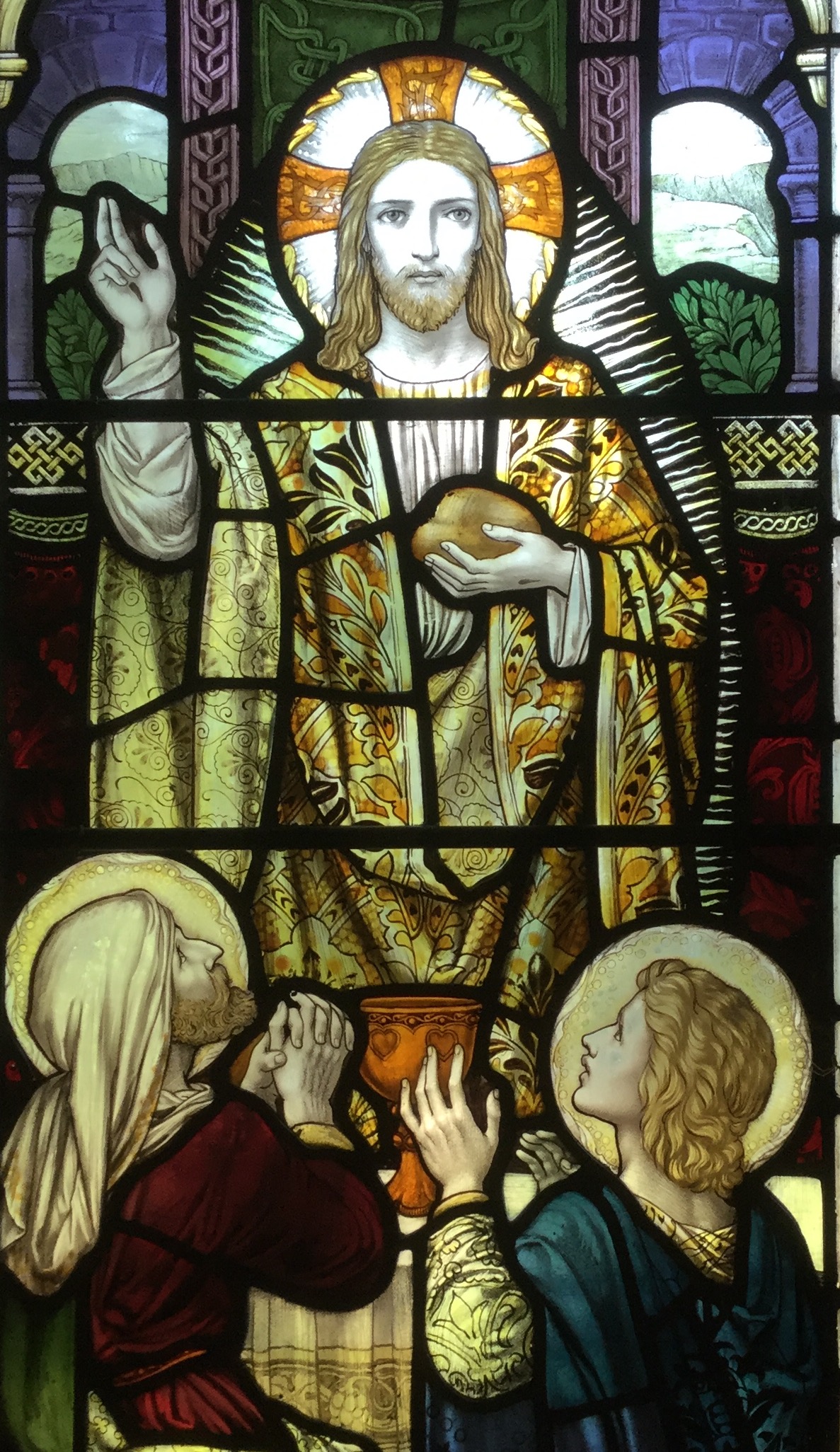|
Richard Phelps (bell-founder)
Richard Phelps (c.1670–1738) was born in Avebury, Wiltshire, England. Phelps was a bellfounder, or a maker of bells, primarily for churches. He was master of the Whitechapel Bell Foundry in London from 1701 to 1738, and is best known for his large bell, Great Tom, in the steeple of St Paul's Cathedral in London, England. The foundry, in operation since at least 1570, was listed by the ''Guinness Book of Records'' as the oldest manufacturing company in Great Britain. Whitechapel foundry owner Little is known of Phelps before he became owner of Whitechapel. He took over the foundry on the death of the former foundry owner James Bartlett in January, 1701. Phelps remained as the head of the foundry for thirty-seven years, during which time the business grew to be the most successful in the kingdom. The bells that the foundry made were installed in many locations across England. Among his most well-known bells used to be hung in the steeples of St Michael-upon-Cornhill; St Magnu ... [...More Info...] [...Related Items...] OR: [Wikipedia] [Google] [Baidu] |
Bell Great Tom Of Westminster
A bell Help:IPA/English, /ˈbɛl/ () is a struck idiophone, directly struck idiophone percussion instrument. Most bells have the shape of a hollow cup that when struck vibrates in a single strong strike tone, with its sides forming an efficient resonator. The strike may be made by an internal "clapper" or "uvula", an external hammer, or—in small bells—by a small loose sphere enclosed within the body of the bell (jingle bell). Bells are usually cast from bell metal (a type of bronze) for its resonant properties, but can also be made from other hard materials. This depends on the function. Some small bells such as ornamental bells or cowbells can be made from cast or pressed metal, glass or ceramic, but large bells such as a church, clock and tower bells are normally cast from bell metal. Bells intended to be heard over a wide area can range from a single bell hung in a turret or bell-gable, to a musical ensemble such as an English ring of bells, a carillon or a Russian Russ ... [...More Info...] [...Related Items...] OR: [Wikipedia] [Google] [Baidu] |
Bishop Of London
The bishop of London is the Ordinary (church officer), ordinary of the Church of England's Diocese of London in the Province of Canterbury. By custom the Bishop is also Dean of the Chapel Royal since 1723. The diocese covers of 17 boroughs of Greater London north of the Thames, River Thames (historically the City of London and the County of Middlesex) and a small part of the County of Surrey (the district of Borough of Spelthorne, Spelthorne, historically part of Middlesex). The Episcopal see, see is in the City of London, where the seat is St Paul's Cathedral, which was founded as a cathedral in 604 and was rebuilt from 1675 following the Great Fire of London (1666). Third in seniority in the Church of England after the archbishops of Archbishop of Canterbury, Canterbury and Archbishop of York, York, the bishop is one of five senior bishops who sit as of right as one of the 26 Lords Spiritual in the House of Lords (for the remaining diocesan bishops of lesser rank, seats are ... [...More Info...] [...Related Items...] OR: [Wikipedia] [Google] [Baidu] |
1738 Deaths
Events January–March * January 1 – At least 664 African slaves drown when the Dutch West Indies Company slave ship ''Leusden'' capsizes and sinks in the Maroni River during its arrival in Surinam. The Dutch crew escapes, and leaves the slaves locked below decks to die. * January 3 – George Frideric Handel's opera '' Faramondo'' is given its first performance. * January 7 – After the Maratha Empire of India wins the Battle of Bhopal over the Jaipur State, Jaipur cedes the Malwa territory to the Maratha in a treaty signed at Doraha. * February 4 – Court Jew Joseph Süß Oppenheimer is executed in Württemberg. * February 11 – Jacques de Vaucanson stages the first demonstration of an early automaton, '' The Flute Player'' at the Hotel de Longueville in Paris, and continues to display it until March 30. * February 20 – The Swedish Levant Company is founded. * March 28 – Mariner Robert Jenkins presents a pickle ... [...More Info...] [...Related Items...] OR: [Wikipedia] [Google] [Baidu] |
Bellfounders
Bellfounding is the casting and tuning of large bronze bells in a foundry for use such as in churches, clock towers and public buildings, either to signify the time or an event, or as a musical carillon or chime. Large bells are made by casting bell metal in moulds designed for their intended musical pitches. Further fine tuning is then performed using a lathe to shave metal from the bell to produce a distinctive bell tone by sounding the correct musical harmonics. Bellfounding in East Asia dates from about 2000 BCE and in Europe from the 4th or 5th century CE. In Britain, archaeological excavations have revealed traces of furnaces, showing that bells were often cast on site in pits in a church or its grounds. Centralised foundries became common when railways allowed easy transportation of bells, leading to the dominance of founders such as the Whitechapel Bell Foundry and John Taylor & Co of Loughborough. Elsewhere in the world a number of foundries are still a ... [...More Info...] [...Related Items...] OR: [Wikipedia] [Google] [Baidu] |
Southwark
Southwark ( ) is a district of Central London situated on the south bank of the River Thames, forming the north-western part of the wider modern London Borough of Southwark. The district, which is the oldest part of South London, developed due to its position at the southern end of the early versions of London Bridge, for centuries the only dry crossing on the river. Around 43 AD, engineers of the Roman Empire found the geographic features of the south bank here suitable for the placement and construction of the first bridge. London's historic core, the City of London, lay north of the bridge and for centuries the area of Southwark just south of the bridge was partially governed by the City, while other areas of the district were more loosely governed. The section known as Liberty of the Clink became a place of entertainment. By the 12th century Southwark had been incorporated as an ancient borough, and this historic status is reflected in the alternative name of the area ... [...More Info...] [...Related Items...] OR: [Wikipedia] [Google] [Baidu] |
St George's Cathedral, Southwark
The Metropolitan Cathedral Church of St George, usually known as St George's Cathedral, Southwark, is the cathedral of the Roman Catholic Archdiocese of Southwark, south London, and is the seat of the Archbishop of Southwark. The cathedral is the mother church of the Roman Catholic Province of Southwark which covers the Archdiocese of Southwark (all of London south of the River Thames including Kent and north Surrey) and the dioceses of Diocese of Arundel and Brighton, Arundel and Brighton, Catholic Diocese of Portsmouth, Portsmouth, and Diocese of Plymouth, Plymouth. It is the metropolitan cathedral of the Archbishop of Southwark. The building was erected in 1848 and reopened after extensive war damage in 1958. It is architecturally listed in the initial category of Grade II. The cathedral is opposite the Imperial War Museum on Lambeth Road in London (on the corner with St George's Road). On Westminster Bridge Road, close by to the north, is its eponymous Primary School and t ... [...More Info...] [...Related Items...] OR: [Wikipedia] [Google] [Baidu] |
St Dionis Backchurch
St Dionis Backchurch was a parish church in the Langbourn ward of the City of London. Of medieval origin, it was rebuilt after the Great Fire of London to the designs of Christopher Wren and demolished in 1878. Early history The church of St Dionis was dedicated to Dionysus the Areopagite. The name Backchurch could have come from its standing behind other buildings, or from its position relative to the church of St Gabriel Fenchurch. It was in existence by the year 1288, when Reginald de Standen was recorded as being the rector. In 1466 the Alderman John Darby had an aisle added, in which he was buried. The patronage of the church once belonged to the prior and canons of Christchurch, Canterbury and later passed to the dean and chapter of Canterbury Cathedral. Rebuilding after the Great Fire The church was destroyed in the Great Fire of London in 1666, and rebuilt to the designs of Christopher Wren in 1674 at a cost of £5,737. A tower, also to Wren's design, was added ten y ... [...More Info...] [...Related Items...] OR: [Wikipedia] [Google] [Baidu] |
Oxford University Press
Oxford University Press (OUP) is the publishing house of the University of Oxford. It is the largest university press in the world. Its first book was printed in Oxford in 1478, with the Press officially granted the legal right to print books by decree in 1586. It is the second-oldest university press after Cambridge University Press, which was founded in 1534. It is a department of the University of Oxford. It is governed by a group of 15 academics, the Delegates of the Press, appointed by the Vice Chancellor, vice-chancellor of the University of Oxford. The Delegates of the Press are led by the Secretary to the Delegates, who serves as OUP's chief executive and as its major representative on other university bodies. Oxford University Press has had a similar governance structure since the 17th century. The press is located on Walton Street, Oxford, Walton Street, Oxford, opposite Somerville College, Oxford, Somerville College, in the inner suburb of Jericho, Oxford, Jericho. ... [...More Info...] [...Related Items...] OR: [Wikipedia] [Google] [Baidu] |
Sussex Archaeological Society
The Sussex Archaeological Society is an organisation dedicated to researching and preserving the history and archaeology of the English counties of East Sussex and West Sussex. It manages six historic sites, including Lewes Castle and Fishbourne Roman Palace.Sussex Archeological Society, "The history of the Sussex Archaeological Society" Retrieved 12 April 2023. History The discovery in 1845 of remains of during the construction of the Brighton, Lewes and ...[...More Info...] [...Related Items...] OR: [Wikipedia] [Google] [Baidu] |
West Sussex
West Sussex is a Ceremonial counties of England, ceremonial county in South East England. It is bordered by Surrey to the north, East Sussex to the east, the English Channel to the south, and Hampshire to the west. The largest settlement is Crawley, and the county town is the city of Chichester. The county has a land area of and a population of . Along the south coast is a near-continuous urban area which includes the towns of Bognor Regis (63,855), Littlehampton (55,706), and Worthing (111,338); the latter two are part of the Brighton and Hove built-up area, which extends into East Sussex and has a total population of 474,485. The interior of the county is generally rural; the largest towns are Crawley (118,493) and Horsham (50,934), both located in the north-east; Chichester is in the south-west and has a population of 26,795. West Sussex contains seven local government Non-metropolitan district, districts, which are part of a two-tier non-metropolitan county administered by ... [...More Info...] [...Related Items...] OR: [Wikipedia] [Google] [Baidu] |
West Hoathly
West Hoathly is a village and civil parish in the Mid Sussex District of West Sussex, England, located south west of East Grinstead. In the 2001 census 2,121 people, of whom 1,150 were economically active, lived in 813 households. At the 2011 Census the population increased to 2,181. The parish, which has a land area of , includes the hamlets of Highbrook, Selsfield Common and Sharpthorne. The mostly rural parish is centred on West Hoathly village, an ancient hilltop settlement in the High Weald between the North and South Downs. History The area was already settled by the 11th century, when St Margaret's Church was founded. Names recorded at that time include ''Hadlega'' and ''Hodlega''—later standardised to ''Hodlegh'' and ''Hothelegh'', then (West) Hoathly. This Anglo-Saxon word signifies a heath-covered clearing. The parish lay on the edge of the dense woodland of the Ashdown Forest. At the time of the Domesday survey in 1086, the land covered by the present paris ... [...More Info...] [...Related Items...] OR: [Wikipedia] [Google] [Baidu] |
St Margaret's Church, West Hoathly
St Margaret's Church (dedicated in full to St Margaret of Antioch) is an Anglicanism, Anglican church in the village of West Hoathly in Mid Sussex District, Mid Sussex, one of seven Districts of England, local government districts in the England, English county of West Sussex. By the late 11th century, a simple single-room stone building existed on the high, open ridge upon which the village developed. A series of medieval expansions doubled its size by the 15th century, and the present building has changed little since then—despite a Victorian restoration overseen by architect Richard Carpenter (architect), R. H. Carpenter. A major addition was the heavily buttressed English Gothic architecture#Perpendicular Gothic, Perpendicular Gothic west tower, topped with a tall broach spire and containing a peal of ancient bells. The large, steeply terraced churchyard also serves as a public cemetery and has far-reaching views across the Weald. The original dedication to Margaret the V ... [...More Info...] [...Related Items...] OR: [Wikipedia] [Google] [Baidu] |






